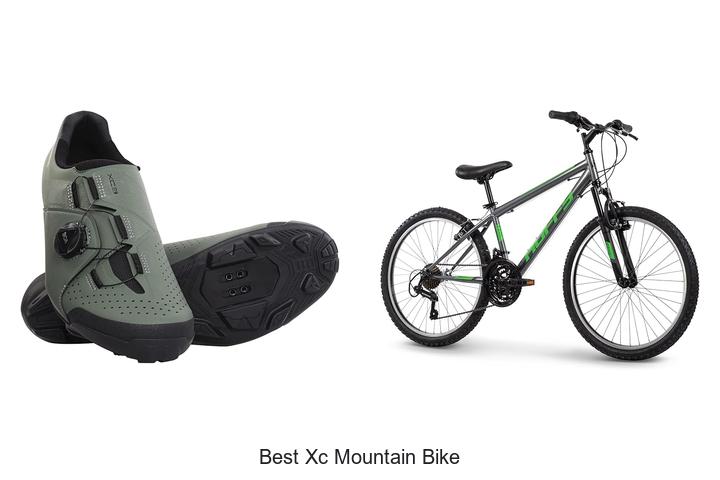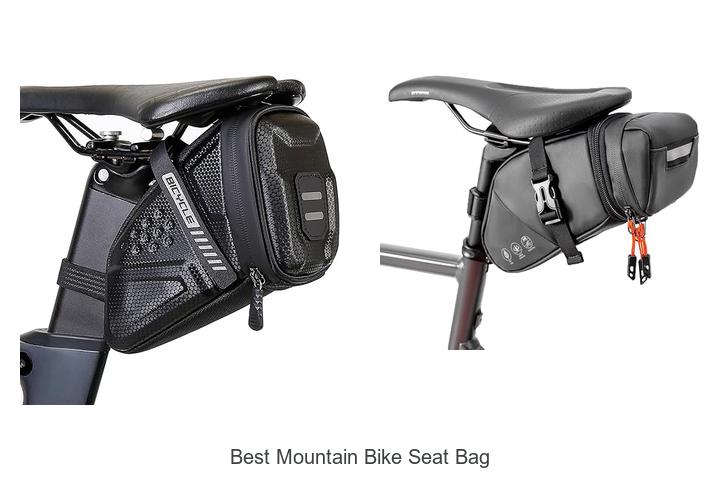How to Clean a Mountain Bike: Easy Step-by-Step Guide
Key Takeaways
- Regular cleaning of your mountain bike prevents dirt buildup that can damage key components and reduce performance.
- Use bike-specific brushes, microfiber cloths, and gentle cleaners to safely remove grime without harming the frame or parts.
- Clean the drivetrain thoroughly with degreasers and dedicate tools to maintain smooth shifting and prolong component life.
- Rinse with low-pressure water to avoid damaging bearings and seals, then dry promptly to prevent rust and corrosion.
- Apply appropriate lubricants sparingly after cleaning to protect moving parts and reduce dirt attraction based on riding conditions.
- Maintain your bike by storing it properly, inspecting parts regularly, adjusting tire pressure, and scheduling professional tune-ups.
Keeping your mountain bike clean is key to maintaining its performance and extending its lifespan. After hitting muddy trails or dusty paths, dirt and grime can build up quickly, affecting your ride quality and causing wear on important components.
You don’t need to be a bike mechanic to give your ride a thorough clean. With the right tools and a little know-how, you can easily restore your bike’s shine and keep it running smoothly. This guide will walk you through simple steps to clean your mountain bike efficiently and safely.
Why Cleaning Your Mountain Bike Is Important
Maintaining your mountain bike’s cleanliness prevents dirt and debris from damaging components like the chain, gears, and brakes. Dirt buildup reduces efficiency, making pedaling harder and shifting less precise. Frequent cleaning also limits corrosion, especially on metal parts exposed to moisture and mud. Keeping your bike clean extends the lifespan of expensive parts, lowering repair and replacement costs. Clean bikes perform better, providing smoother rides and improved safety. Neglecting cleaning increases wear, causing premature failures that raise maintenance expenses and downtime.
Essential Tools and Materials for Cleaning
Prepare the right tools and materials to make cleaning your mountain bike efficient and effective. Using specific brushes, cloths, and cleaning products protects components and simplifies the process.
Recommended Brushes and Cloths
Use multiple brushes designed for different parts of the bike. A soft-bristle brush cleans delicate areas like the frame without scratching. A stiff-bristle brush targets stubborn dirt on tires and drivetrain components. Toothbrush-sized brushes work well for tight spaces, such as gears and chainrings. Microfiber cloths absorb dirt and moisture without leaving lint or scratches. Choose separate cloths for drying and applying lubricant to avoid contamination.
Cleaning Solutions and Lubricants
Select bike-specific cleaners that dissolve mud, grease, and grime without damaging paint or components. Mild degreasers work well on the drivetrain, while gentle soap-based solutions suit the frame and other parts. Avoid harsh chemicals like bleach or solvents. Use wet lubricants for wet conditions to maintain chain performance and dry lubricants for dusty environments to reduce dirt buildup. Apply lubricants sparingly to prevent attracting excess debris.
Step-by-Step Guide on How to Clean a Mountain Bike
Follow these detailed steps to clean your mountain bike effectively. Each phase targets specific areas and ensures your bike stays in peak condition.
Preparing the Bike for Cleaning
Position your bike securely on a stand or lean it against a solid surface for easy access. Remove accessories like water bottles and bags, and shift the gears to the smallest chainring and smallest rear cog to release chain tension. Cover sensitive parts such as the suspension fork seals and bearings with plastic bags if you’ll use strong water pressure.
Washing the Frame and Components
Apply a bike-specific cleaner evenly over the frame and components. Use a soft-bristle brush or sponge to scrub the frame, avoiding abrasive materials that could scratch the paint. Target areas where dirt accumulates, including behind the fork, around the brake calipers, and inside the wheel hubs. For stubborn dirt, let the cleaner sit for a few minutes before scrubbing.
Cleaning the Drivetrain and Chain
Spray a degreaser liberally on the chain, cassette, and chainrings. Use a stiff-bristle brush or a dedicated chain-cleaning tool to remove built-up grime and old lubricant. Work through the gears and chain links thoroughly to dislodge dirt trapped in tight spaces. Avoid using general degreasers that could damage your bike’s plastic or painted surfaces.
Rinsing and Drying Techniques
Rinse the entire bike with low-pressure water, directing the flow away from the headset and bottom bracket to prevent water infiltration. Avoid strong streams that force water into bearings and seals. Wipe the bike immediately with a clean microfiber cloth to remove excess moisture. Allow the bike to air dry in a shaded area to prevent water spots and corrosion.
Lubricating Moving Parts
Apply lubricant sparingly to the chain’s inside surfaces while rotating the pedals backward. Wipe excess lubricant off with a clean rag to prevent dirt attraction. Lubricate pivot points such as derailleurs and brake levers to maintain smooth operation. Use a lubricant appropriate for your typical riding conditions—wet lube for rainy environments and dry lube for dusty trails.
Tips for Maintaining Your Mountain Bike After Cleaning
Store your bike in a dry, sheltered area to prevent rust and corrosion. Avoid leaving it outside, especially in damp or wet conditions.
Inspect your bike regularly for wear and damage, focusing on the chain, brake pads, and tires. Replace parts promptly to maintain optimal performance.
Lubricate the chain and other moving components after every few rides or cleaning sessions. Use lubricants designed for mountain bikes to ensure proper protection without attracting excessive dirt.
Check tire pressure before each ride, adjusting according to trail conditions. Proper inflation improves ride quality and reduces the risk of flats.
Tighten bolts and fasteners regularly to avoid loose parts. Use a torque wrench when possible to prevent over-tightening.
Clean the drivetrain components gently between rides if you notice buildup, using a brush or cloth to remove dirt. This prevents premature wear and maintains smooth shifting.
Monitor brake function and adjust cables or hydraulic systems as needed. Clean brake rotors and pads to remove debris that can reduce stopping power.
Apply protectant sprays to frame and exposed parts after cleaning to repel dirt and moisture, extending your bike’s cleanliness for longer.
Schedule professional tune-ups yearly or after intense riding seasons, ensuring your bike stays in peak condition.
Conclusion
Keeping your mountain bike clean isn’t just about appearance—it’s key to preserving its performance and durability. With the right tools and routine, you can easily tackle dirt and grime that build up from your rides.
By making bike cleaning a regular habit, you’ll enjoy smoother rides, reduce wear on vital parts, and save on costly repairs down the road. Taking these simple steps ensures your bike stays ready for any trail, season after season.



